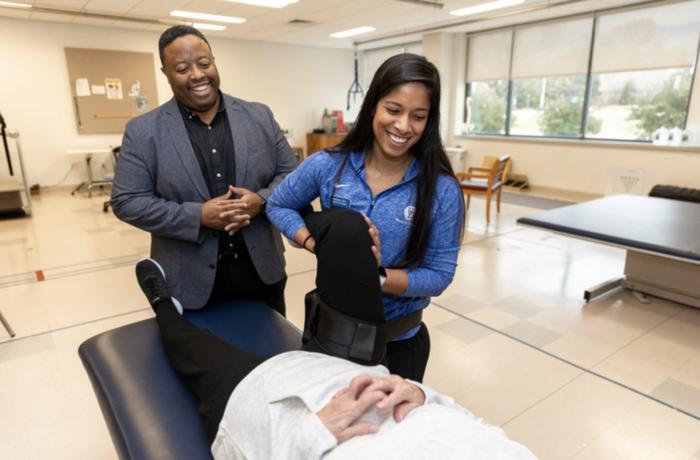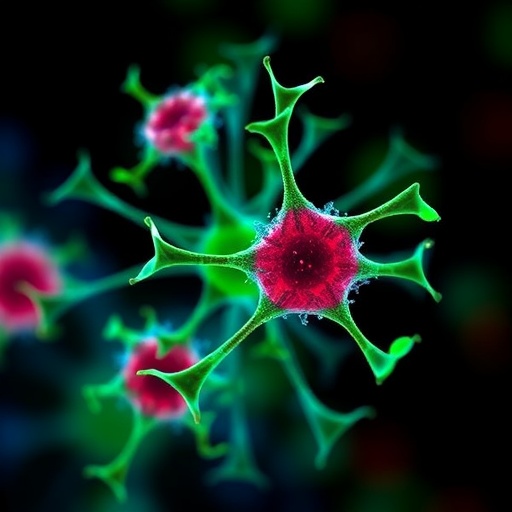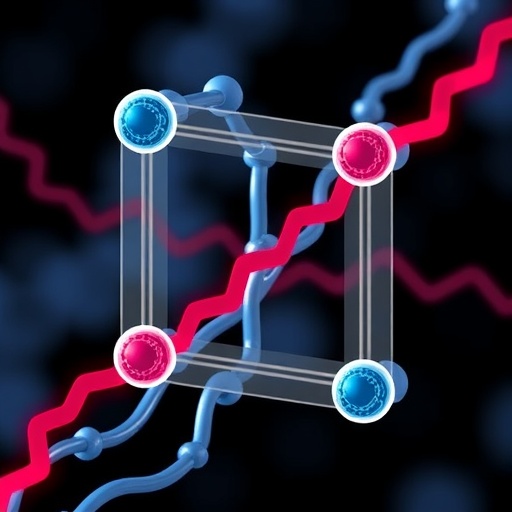When the University of Delaware’s Gregory Hicks started his research career two decades ago, he was one of only a few people in the United States studying chronic low back pain in people over 60 years old.

Credit: Must credit Ashley Larrimore
When the University of Delaware’s Gregory Hicks started his research career two decades ago, he was one of only a few people in the United States studying chronic low back pain in people over 60 years old.
Fast-forward to today, the research on back pain has ramped up, yet studies of older adults with the problem are still sparse.
“Unfortunately, the societal attitude is that older people don’t warrant the same level of care that younger people do when it comes to musculoskeletal problems,” said Hicks, Distinguished Professor of Health Sciences at UD. “But I don’t believe that for a minute.”
Hicks, a research champion aiming to improve the health of older adults, “has their back” in more ways than one.
“I’ve always loved working with this age group,” he said. “Just as there are health disparities due to race and ethnicity, being older leads to under-treatment of pain. Older people are told there’s really nothing we can do about it, but that’s simply not true.”
With support from the National Institute on Aging, part of the National Institutes of Health, Hicks recently led a clinical trial with researchers at UD, Duke University and the University of Pittsburgh to test new ways of treating chronic low back pain in adults 60 to 85 years old.
The study, called the Manual Therapy and Strengthening the Hip (MASH) Trial, is believed by the research team to be the first clinical trial to assess the efficacy of a tailored physical therapy intervention matched to an at-risk subgroup of older adults with chronic low back pain and coexisting hip pain and muscle weakness.
Conducted between November 2019 and April 2022, the study involved 184 participants who were randomly assigned to either hip-focused or spine-focused therapies delivered at the researchers’ locations over an eight-week period, including at the Physical Therapy Clinic on UD’s Science, Technology and Advanced Research (STAR) Campus. The study participants were evaluated for pain-related disability, walking performance (speed and endurance) and the ability to rise after being seated in a chair.
The findings, published in the Dec. 18 issue of The Lancet Rheumatology, indicate that while both therapies improved walking speed similarly, the hip-focused therapy resulted in a greater reduction in disability from low back pain immediately following the eight-week intervention, but no difference at six months.
“So essentially, the people who received the hip-focused intervention get better faster, in terms of low back pain disability,” Hicks said. “The other group with the spine-focused therapy catches up, but it takes longer.”
However, further analyses found that 46% of participants in the hip-focused group and 33% in the spine-focused group had a substantial improvement in disability scores (50% or greater reduction in disability scores) while 53% of the hip-focused participants and 60% of the spine-focused participants had substantial improvement in gait speed. In addition, the hip-focused treatment was associated with greater improvements in chair-rise performance at six months and walking endurance at eight weeks and at six months.
All low back pain is not the same
The MASH clinical trial builds on the results of Hicks’ previous NIH-funded research, which was a longitudinal study following older adults with chronic low back pain for one year, specifically examining the role of hip impairments relative to low back pain and overall physical function.
“It’s becoming quite clear,” Hicks said, “if you make the assumption that all low back pain is the same, you’re wrong. If you can identify sub-groups of low back pain patients with similar traits, you can develop matched treatments, which hopefully lead to better outcomes.”
Distinct chronic low back pain sub-groups came to light with the aid of artificial intelligence and modeling tools — one sub-group had significant issues with hip weakness and hip pain, another had significant hip weakness without hip pain, and yet another had no issues with the hip at all.
As each sub-group emerges, so does the prospect of precision medicine and precision rehabilitation.
“My training is in epidemiology, in identifying risk factors,” Hicks said. “We observe first, understand what’s happening, and then intervene. We’ve made the first step into intervention now for this low back pain subgroup with hip weakness and pain — the hip-focused group did better than the spine-focused group in pain-related disability, chair rise performance and walking endurance. We have more work to do to refine this hip-focused physical therapy intervention. So, in our next clinical trial, we will be working to tighten that up and develop treatment approaches for the other two subgroups.
“I’ve always had this sort of special place in my heart for this older age group,” Hicks said. “When I started this work, there were a lot of naysayers. I’d tell them, ‘Read the literature — why are we excluding older adults from low back pain research?’ We all hope to get older. Why ignore a place in time where we all hope to end up?”
According to the World Health Organization, low back pain is the leading cause of disability globally. Cases around the world have increased 60% in the past 30 years.
This research was supported by National Institute on Aging grant R01AG041202. ClinicalTrials.gov identifier: NCT04009837.





